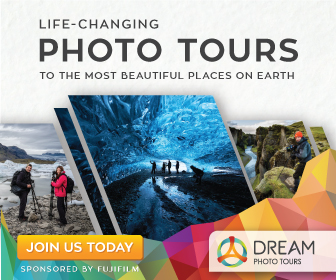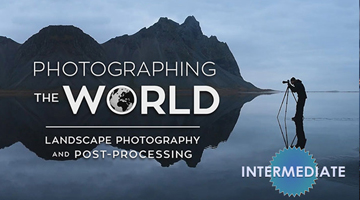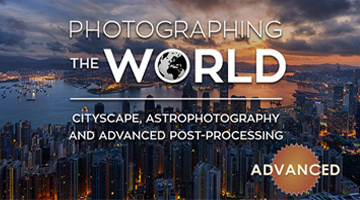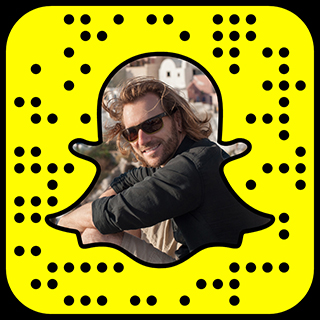HEADS UP – THIS CONTENT IS OLD.
Planes, Trains, and Sleeping Pills = Totally. I spend a lot of time traveling around in the air, the sea, on camelback, and even piggyback (my legs get tired). All the while, I carry a ton of photography gear with me. How do I get it on a plane? How do I find the money shots on location? Read on.
Traveling as a Photographer
To be an effective Travel Photographer you need to efficiently travel around the planet, and in order to travel around this fantastic planet, you eventually must ride inside a giant metal container of people.
Yes that’s right, unless you sprout wings like some giant flying bird creature, an airplane is your only choice for effective and efficient travel. — Although, the more I think about it, most Airlines should omit the word efficient. — Anyway, the fact is that airline travel is absolutely necessary. Here are some travel photography tips that should help you with the process.
How do I get all my heavy ass gear on the plane?
Well, first I tried Jedi Mind Tricks… Let’s just say TSA doesn’t have a sense of humor. — Speaking of TSA, Here’s a Tip: Instead of going through the big full body scanner thing, request “The Hand Job.” Ask for Steve, he’s the best. — Honestly, this is a skill that I’m constantly tweaking as the amount of my photography gear fluctuates from trip to trip.
Finding the Money Shots
Google Image Search FTW
Seriously, it’s simple. If you’re traveling somewhere and you want to know what basic photography opportunities are out there, do a google image search. They may not be the most creative shots but that’s perfectly fine. Keep in mind that this is for reference only. It doesn’t mean you have to repeat the same shot and angle. It’s merely a tool for getting you there and it’s one that I use all the time. When you get on location you can do your own thing and make your own shots.
Bring Beer
Wait, never mind. I put this on the wrong list.
Post Cards
When you get into town, find a local store or news stand and check out some of the post cards for sale. Cliche right? I know, but it works…
Again, they are not always the best shots but they do highlight all the major attractions. It’s also a quick and easy way to see what worked and what did not. For example, you may see a specific location shot during the night when all the lights are on. You may see a building that looks real nice with sunset lighting. Either way, It can give you a competitive edge to know what different places can look like at different times of day. It’s sort of like scouting a location without actually doing anything. Also, while your there, pick up a post card for mom and score some points.
Hi Mom!
Sunrise / Sunset Positions
Hey, there is no shame in giving luck a little kick in the ass. Since I spend a lot of my time shooting sunrises and sunsets, I like to know ‘exactly’ where they will be.
Think about it, sunrises and sunsets only last a few minutes. If you’re setup in the wrong place, well, lets just say that I hope you booked an extra day in town.
Sunrises are also really @#$$!#$#@$% early… So instead of wandering around in the wee hours of the morning in full zombie mode, I like to have some sort of strategy. So, strong espresso + pre-calculated positioning = win.
(for all the techy peeps, it’s called a Solar Calculator. Fancy eh?)
Check out my page about Calculating Sunrise and Sunset Positions.
Scheduling Spontaneity
This is totally my style and it works for me all the time. Basically, the short of it is that I don’t plan that much…
Well, to be more clear, I do in fact plan things like: Location, Solar Position, Time of day, ect. What I don’t plan however is what I plan on shooting when I get there. Now, obviously if I’m going to the Roman Colosseum, chances are that I’m planning to shoot the Colosseum. — Duh. — But, instead of knowing what I’m doing when I get there, I leave the details up to fate and inspiration (2 things that aren’t mutually exclusive).
When I get there, I just put on my headphones and let creativity take hold and inspire me.
Does it always work?
Nope. Sometimes I nail it and bring back amazing photos. Sometimes I come back with nothing. Sometimes I even scrap the whole project and go out for coffee and/or beer (2 things that are also not mutually exclusive).
Going with the flow
Yes, yes, I said it. “Go with the flow.” It’s an absolute must especially if you’re going to do travel photography.
A lot of unexpected things can happen to your planned photography shoots while traveling. Delays, strikes, rain, snow, etc. Despite it all though, you must try to maintain a positive attitude and just ‘go with it.” — Roll with the punches so to speak. — If you surrender to the circumstances, relax, let it go, and try to stay positive, you’ll start to notice that things really aren’t that bad. So it’s raining. So what? That just means that there will be sweet reflections all over the place. 😉




